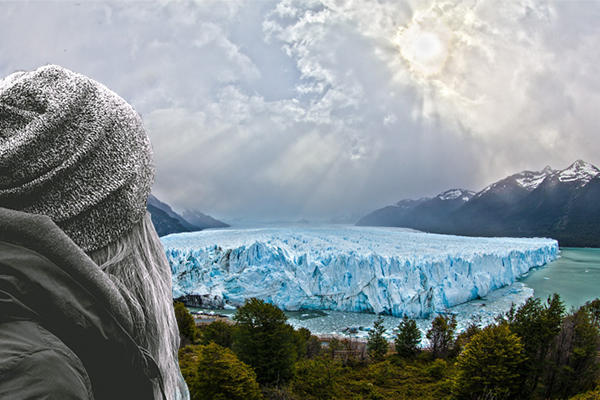Trending
When snow is a no-show: Climate change threatens ski resorts, nearby home values
Research shows that snow in the western U.S. has declined sharply since the 1980s, shortening the snow season by 34 days

Ample snow in the western United States has produced one of the best seasons in years for skiers. But climate change is making seasons like this one increasingly uncommon – a threat to the value of ski resorts and nearby homes.
The amount of snow in western states has declined by an average of 41 percent since the early 1980s, according to research just published in a journal called Geophysical Research Letters.
That trend has shortened the snow season by 34 days.
Vail Resorts, the leading operator of ski resorts, reported quarterly earnings that exceeded expectations but reduced its guidance on full-year earnings because of weak business conditions at the start of the current season.
Vail Resorts CEO Robert Katz blamed the season’s slow start on reluctance among skiers to book stays “after two prior years of poor pre-holiday conditions.” Vail resorts operates 15 mountain resorts across the United States, Canada and Australia.
Tourism related to snow sports makes a $20 billion annual contribution to the U.S. economy, and the bulk of the spending happens at ski resorts, according to research conducted at Colorado State University and the University of New Hampshire.
Among other tactics in response to short ski seasons, Vail Resorts introduced a ski-season lift pass that is accepted at all the company’s resorts but must be purchased before the season starts. The company also has invested in such summer-tourist attractions as zip lines and mountain coasters to hedge against short ski seasons.
The property values of homes near ski resorts could drop at least 15 percent by 2050 due to warmer winters, according to a University of Wisconsin study. The study also concluded that home values near ski resorts could fall by as much as 55 percent in Utah, Idaho, Nevada and other lower-elevation areas. [Wall Street Journal] – Mike Seemuth




